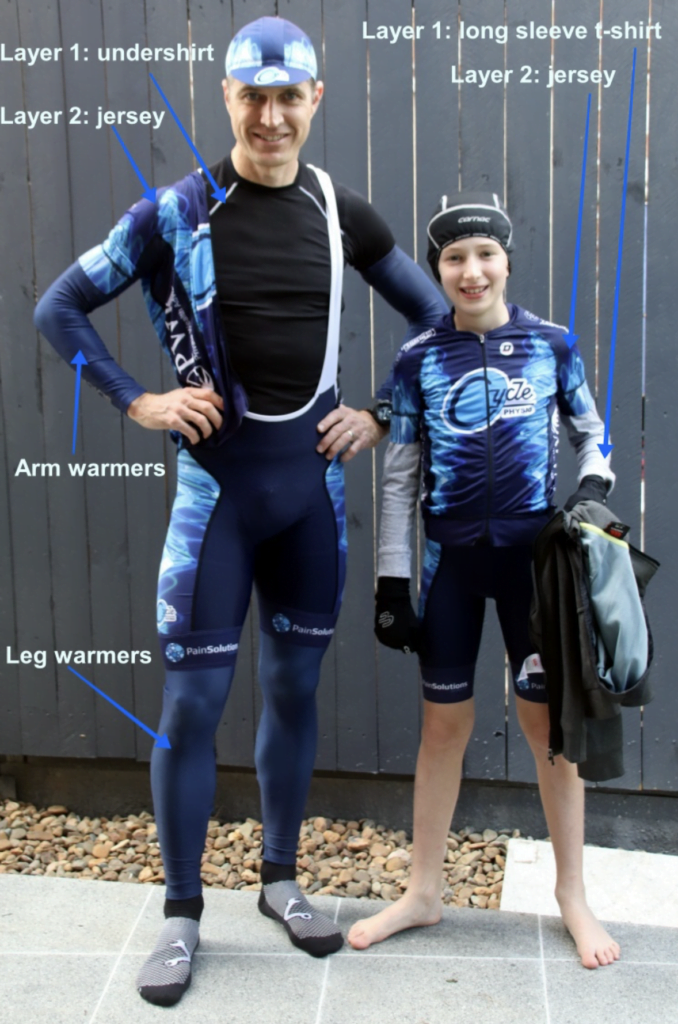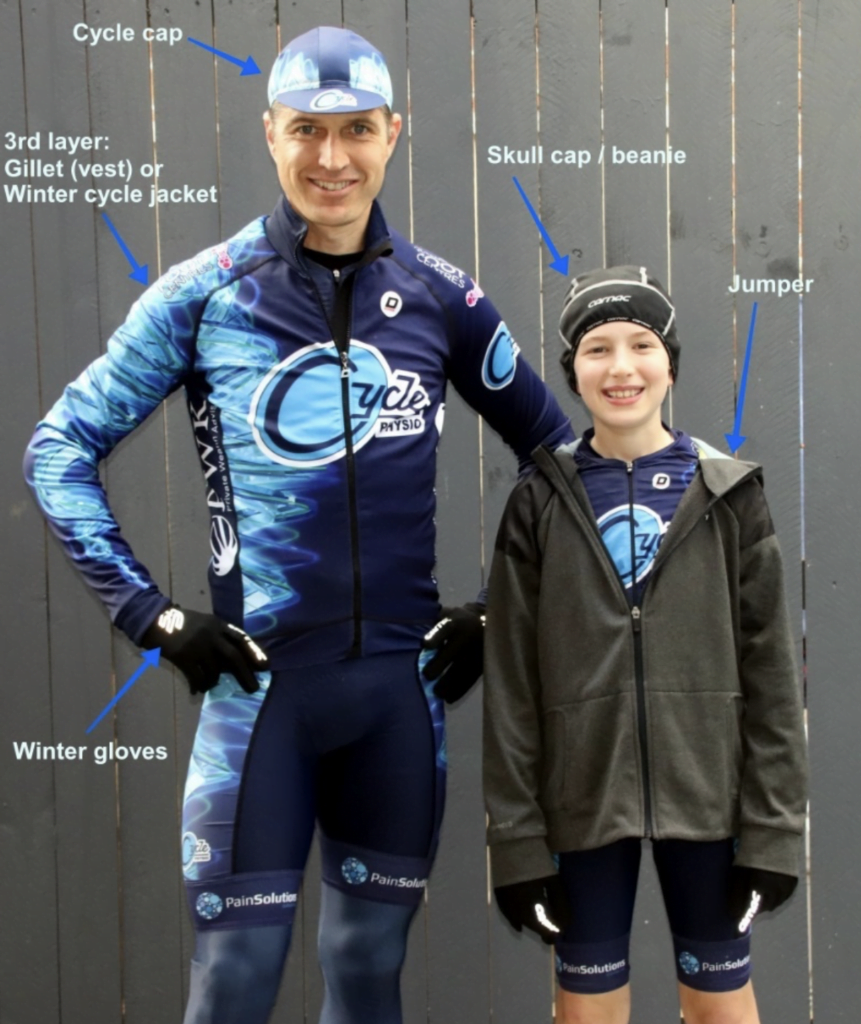BQ Meets: Planet Cycles
Tucked into the bustling heart of Woolloongabba, Planet Cycles has long held a reputation as one of Brisbane’s iconic bike ...
Despite the cold, winter is the prime season for sports like football, Rugby League or AFL. To combat the cold they wear gear like tracksuits or skins before they get their body temperature up during gameplay. The cold weather is no issue for them, and cycling is no different!
In fact, winter is a great time to get out on the bike. If you wear the right gear and keep track of temperature changes throughout the seasons, you’ll be able to cycle in comfort all year round! Keep reading to learn some helpful ways to wear cycling gear in cold weather.
An essential trick to keeping yourself warm is layering. More often than not (especially in QLD), temperatures can quickly change depending on where you are. This is where layering comes in handy. Layering to create warmth gives you the flexibility to peel an outer layer off mid-ride if you get too hot.
There are examples below of how to layer up for warmth using cycle -specific clothing, as well as how to do it with clothes you already have in your wardrobe (which can be really handy to save some $$ if your kids decide to get into cycling this winter). The keys are matching the warmth of your gear to how cold the temperature and wind chill actually are.
To stay warm, start with a base layer; an undershirt that goes beneath your jersey. In Queensland a short sleeve or singlet is usually adequate. Choose a breathable fabric to wick away sweat. Merino base layers are good for when the temperature drops below 10°C, otherwise a standard polypro works well. If you want to use something already in your wardrobe, grab a singlet or old tight fitting t-shirt.
As it gets cooler, adding a gillet (wind stopper vest) over your jersey adds another layer of warmth for your core and blocks the wind. Still cold? Cover your arms using arm warmers – these are fleece lined lycra tubes you pull up over your base layer that can be pulled off later and stored in your jersey pocket if you get too hot. For kids a skivvy or long sleeve t-shirt under their jersey works fine, or a sloppy joe over the top. Once the temperature gets to 16°C or cooler you might want leg or arm warmers.
Frozen toes and fingers are definitely something to avoid. Start with toe covers (3mm neoprene covers for the end of your cycle shoes) which will keep your feet toasty warm and only set you back about $15. Dave from Cycle Physio was offered $100 for them at a café on a cold winters morning before! Long finger gloves (fleece lined) are great in Queensland’s winter – there’s nothing worse than having your fingers so frozen that you can’t change gears.


Since you lose about 1/3 of your body heat through your head, keeping your head warm makes a massive difference. A skull cap or cycle cap works perfectly here. On the cap the tiny brim will also block the rain and not obstruct your vision when riding. If you don’t want to buy one, you can use a thin beanie or bandana on under your helmet. A “buff” (a fabric tube available on our store here) is excellent and can be worn like a scarf to keep your neck warm. It can even be pulled up over the ears, mouth, nose and head (under your helmet) to stay really warm.
Lastly, a winter jacket or rain cape (thin waterproof packable jacket) can be worn as an outer layer for cold early mornings below 10°C, especially if a cold winter westerly is blowing. Once you’re all layered up, you might find that you’re actually sweating a little on your ride whilst your less well-dressed mates are freezing!
Tucked into the bustling heart of Woolloongabba, Planet Cycles has long held a reputation as one of Brisbane’s iconic bike ...
For more than two decades, Ride Technics has been helping riders sharpen their skills, from beginners tackling their first tr...
By Andrew DemackRoundabouts are one place in Australia’s road environment where the desire to enable the f...
When Harriet Muir returned to Brisbane in 2023, the question looming over her was simple: to buy a car, or not to buy a car?<...